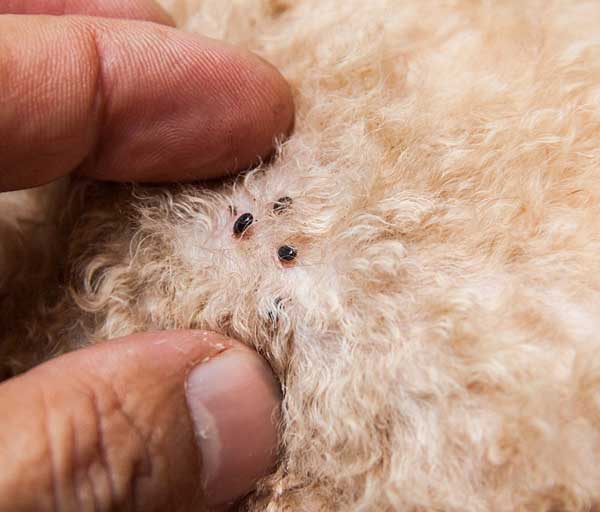Fleas are more than just a nuisance. Their presence often provides important insight into the health and well-being of pets. These small, fast-moving parasites thrive by feeding on blood, and when they infest cats or dogs, they create a cycle of irritation, discomfort, and potential disease transmission. Understanding what fleas reveal about pet health helps owners recognize risks early and take the right steps toward prevention and protection.
Beyond the visible itching and scratching, fleas can signal deeper concerns. Persistent infestations suggest underlying vulnerabilities in a pet’s immune system or environment. They can also trigger allergic reactions, spread tapeworms, and cause anemia in severe cases. By paying attention to the signs fleas leave behind, owners can not only safeguard their pets but also protect their households from broader infestations.

Warning Signs Fleas Leave Behind
The first step in managing flea control is recognizing the signs these pests create. While some are obvious, others may go unnoticed until infestations are advanced.
- Frequent scratching and biting: Pets constantly grooming or chewing at their skin often indicate flea irritation.
- Flea dirt: Small black specks, often found on pet bedding or fur, are digested blood left behind by fleas.
- Red, irritated skin: Bites can cause visible rashes or hot spots, particularly around tails, necks, and bellies.
- Hair loss: Repeated scratching can lead to thinning fur in affected areas.
- Restlessness: Discomfort caused by bites often disrupts normal behavior and sleep patterns.
These indicators not only confirm flea activity but also highlight the strain placed on a pet’s overall health. Left untreated, these problems can worsen quickly. For fast and immediate actions, guides on stopping a flea infestation offer detailed insights.
Health Risks Connected to Fleas
Fleas carry risks that go far beyond itchy bites. Their role as vectors of disease and parasites makes them a significant concern for both pets and people.
- Allergic dermatitis: Some pets develop strong allergic reactions to flea saliva, leading to painful skin infections.
- Anemia: Heavy infestations can drain enough blood to cause anemia, especially in kittens, puppies, or weaker animals.
- Tapeworm transmission: Pets that swallow fleas while grooming may become infected with tapeworms, further complicating health.
- Secondary infections: Open sores caused by scratching may become infected, creating additional medical concerns.
- Zoonotic risks: While uncommon, fleas can also spread diseases to humans, emphasizing the need for thorough control.
These risks show that fleas are not just a surface-level irritation. Their presence is often a warning that urgent health concerns need to be addressed.
Environmental Clues from Flea Activity
Fleas do not only affect pets; they also reveal a lot about the home environment. Their presence points to conditions that allow infestations to grow and spread.
- Cluttered living spaces: Piles of laundry, carpets, and soft furnishings create perfect hiding spots.
- Warm, humid conditions: Fleas thrive in environments with high humidity and moderate temperatures.
- Untreated outdoor areas: Yards or patios where pets spend time may harbor flea populations waiting to reattach.
- Shared spaces: Fleas spread easily in homes with multiple pets or where pets interact with other animals.
- Recurring infestations: Repeated problems indicate that eggs, larvae, or pupae are still present in the environment.
By understanding these environmental factors, owners can better appreciate why infestations persist and why surface-level solutions often fail.
Why Professional Flea Control Matters
Many pet owners attempt to manage fleas with over-the-counter treatments or home remedies. While DIY flea control may bring temporary relief, it rarely eliminates the root problem. Fleas develop rapidly through multiple life stages, and missing even one stage often leads to recurring infestations. For this reason, relying solely on home methods can prolong issues instead of solving them.
Professional pest control offers a more comprehensive approach. Experts not only target adult fleas but also address eggs and larvae hidden in carpets, bedding, and upholstery. They also evaluate the environment to identify hotspots and provide guidance on reducing future risks. For pet owners, this means more effective results, healthier pets, and a cleaner home.
Connecting Pet Health and Household Safety
Fleas bridge the gap between pet health and household well-being. When pets suffer from infestations, families often face the added challenge of controlling fleas in living spaces. The stress placed on pets also translates into greater veterinary costs and disrupted routines for owners. Addressing fleas promptly is therefore not just a matter of comfort but also a long-term investment in household health.
Awareness, early recognition, and professional help create the most reliable defense. By treating fleas as indicators of both pet and environmental health, owners can better protect the spaces they share with their animals.
Protect Your Pets and Home
Fleas are small, but the health risks they signal are significant. By paying attention to the warnings they provide and seeking effective solutions, pet owners can protect both their animals and their homes. For dependable support, contact Prevent Pests and ensure your family and pets stay safe from flea-related risks.

